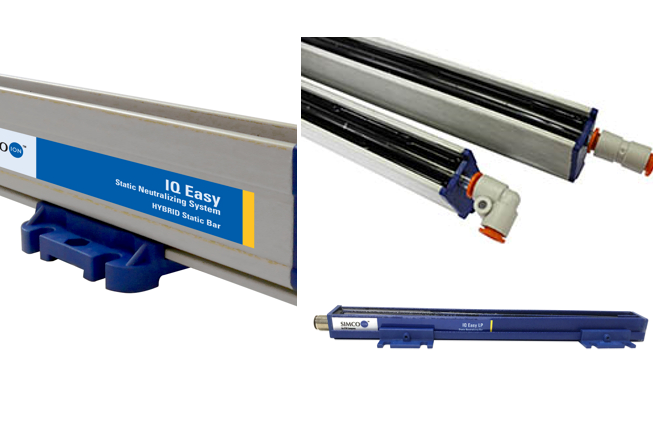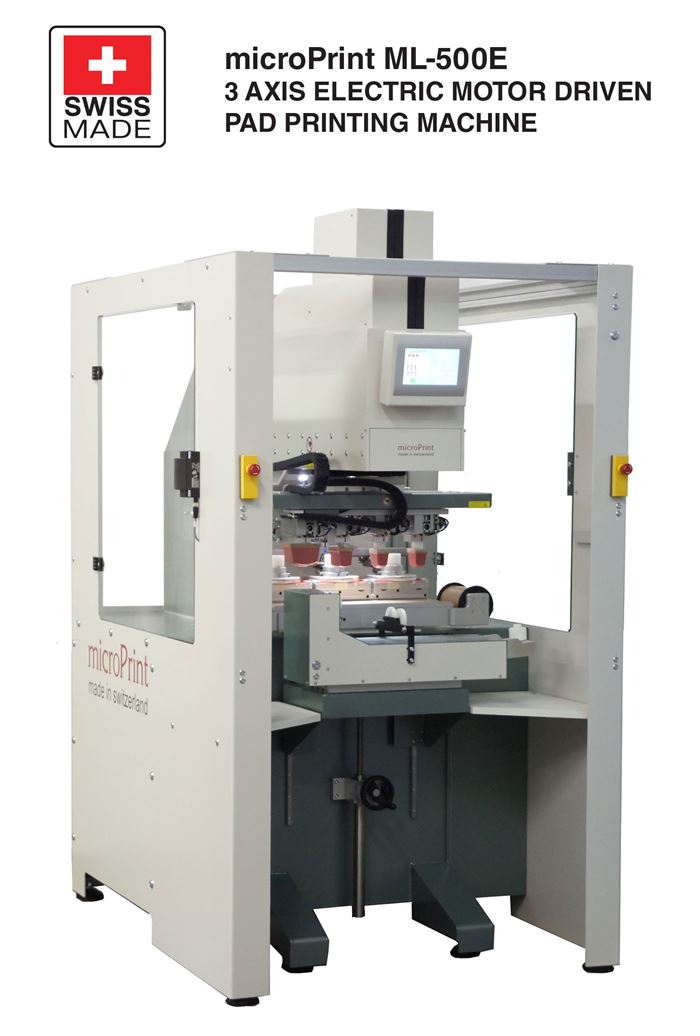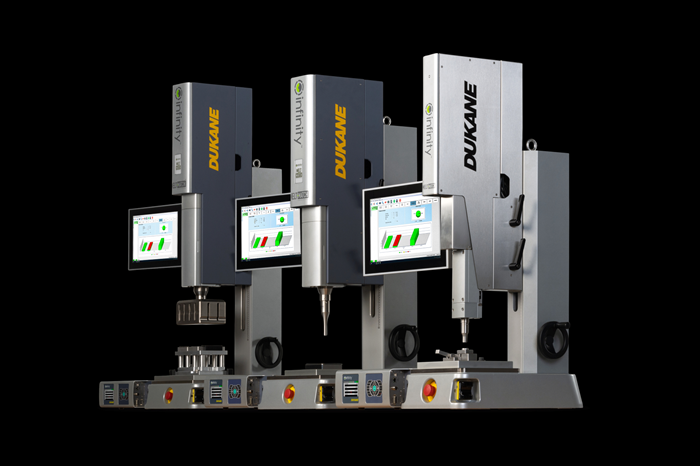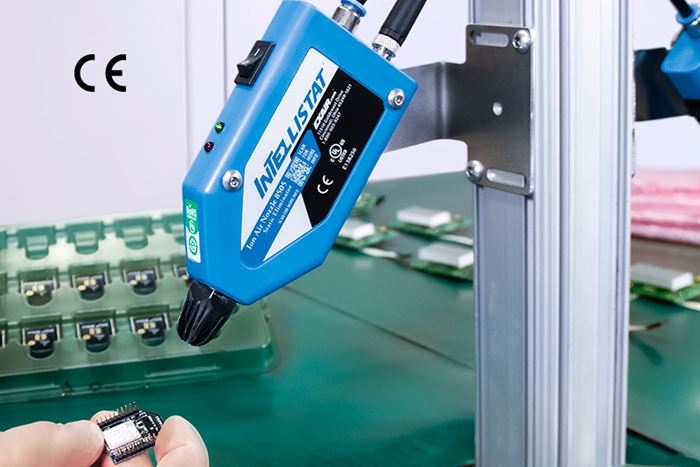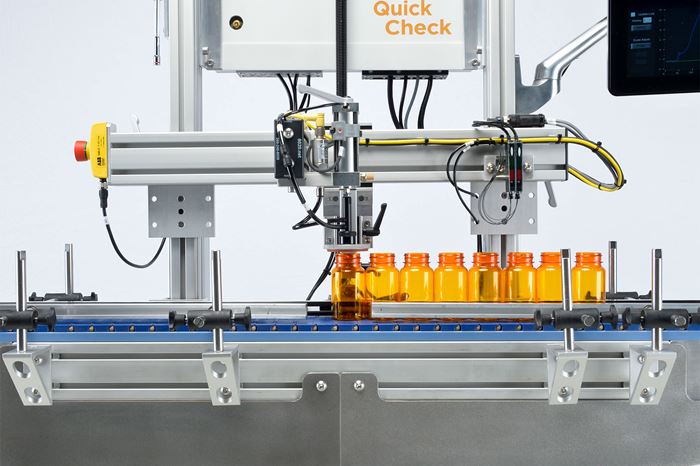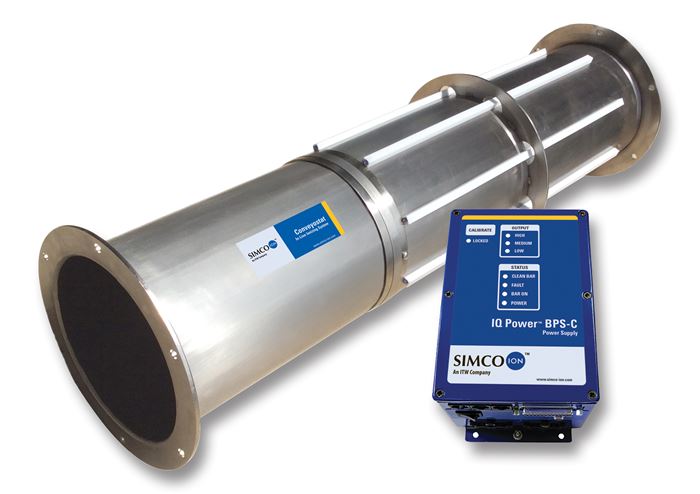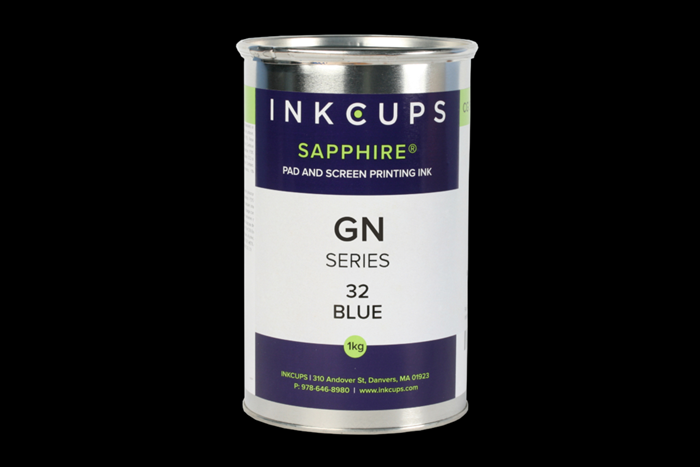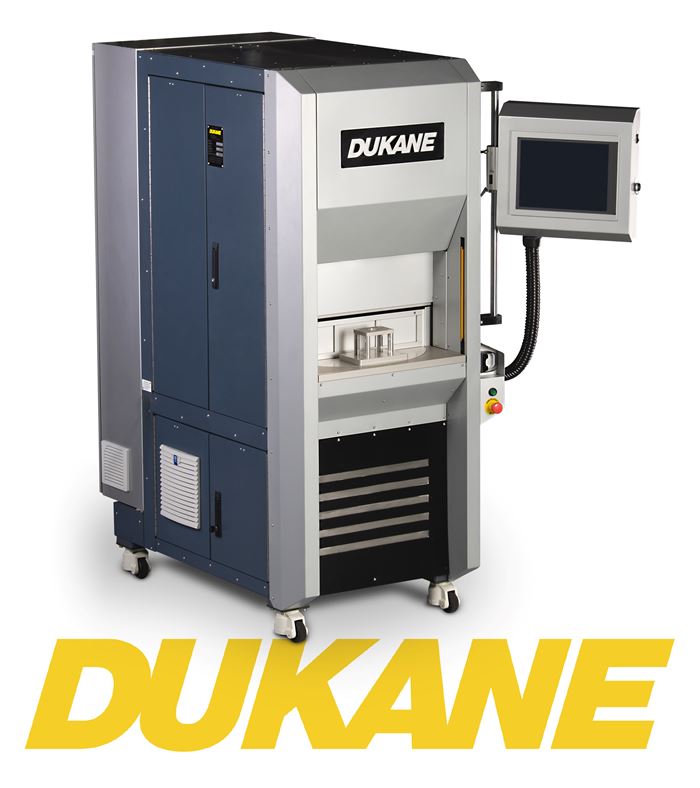Post processing and secondary operations are key to boosting value added functions for plastics processors. Learn new technologies and best practices for assembly, decoration, packaging, labeling, in-mold labeling, printing, ultrasonic welding, laser welding, vibration welding and more.
A Guide to Ultrasonic Welding Controls
Ultrasonic welding today is a sophisticated process that offers numerous features for precise control. Choosing from among all these options can be daunting; but this guide will help you make sense of your control features so you can approach your next welding project with the confidence of getting good results.
Post-Processing: Essential Reading
Inline Inkjet Printer Keeps Pace With Speedy Wire & Cable Processor
Huber+Suhner is outfitting its six high-speed extrusion lines with new high-speed, continuous inkjet printers.
Molder Gets Hermetic Seal, High Yield with Servo Welder
Supplier of power protection systems avoids redesign of molds by replacing pneumatic ultrasonic welder.
How to Solve Common Ultrasonic Welding Problems
Understand and address the likely origins of welding problems to keep production on track.
Molder Expands Plant, But That’s Just the Beginning
Wescon cuts ribbon on a new addition and adds presses as part of a strategic plan to double its business.
On-Site: A Big Molder’s Technical Engineering Plus a Small Company’s Customer Service
That’s the formula for rapid growth at a new/old firm serving medical, military, and aviation markets.

FAQ: Post-Processing
In ultrasonic welding, high-frequency vibrations are applied to the surfaces of two parts by a vibrating tool, commonly called a “horn” or “sonotrode.” Welding occurs as the result of frictional heat generated at the interface between the parts. The ultrasonic vibrations are created by a series of components—the power supply, converter, booster, and horn—that deliver mechanical vibration to the parts.
Further Reading About Ultrasonic Welding:
A Step-by-Step Guide to Ultrasonic Welding
How to Solve Common Ultrasonic Welding Problems
Can Plasma Treatment be Used in Plastics?
In plastics, the most common plasma application is improving the bonding power of chemical adhesives; this can involve bonding metal to plastic, silicone to glass, polymers to other polymers, biological content to polymeric microtiter plates, and even bonding to fluoropolymers like PTFE.
Paint can have significant effects on mechanical properties of plastic parts. First, paint solvents may attack the plastic. In fact, it is often desirable for the paint solvents to attack (etch) the plastic to a certain extent, since this improves adhesion. However, solvents can also cause surface crazing, or even environmental stress cracking. In addition, paint solvents may cause swelling, softening, or dissolution of the polymer. Once again, a certain amount of this may help to promote adhesion, but taken to an extreme, it can degrade the properties of the plastic to unacceptable levels.

Post-Processing Suppliers
Narrow by Post-Processing Category
- Color Matching/Formulating Systems
- Design of Experiments (DOE) Software
- Product & Tool Design, Analysis Software (CAD/CAM/CAE)
- Abrasion Resistant Coatings
- Antifog Coatings
- Barrier Coatings
- Conductive Coatings
- Decorative Coatings
- Flame-resistant Coatings
- In-mold Coatings
- UV-resistant Coatings
- Adhesion Promoters (for Inks, Coatings)
- Electrostatic Spray Equipment
- Embossing Equipment
- Hot-stamp Tooling (including Silicone)
- Heat Transfers (decals)
- Hot-stamping Foils
- Hot-stamping Presses, Other Heat-transfer Equipment
- In-mold Coating Equipment
- In-mold Decorating Films
- Labeling Equipment--In-Mold
- Labeling Equipment--Out-of-Mold
- Labels (In-Mold, Out-of-Mold)
- Non-Heat-Transfer Decals
- Other Paint Spray Equipment
- Plastics Engraving Equipment
- Plating Equipment for Plastics
- UV Curing Equipment
- Vacuum Metalizing Equipment
- Vacuum Metalizing Materials
- Dry Offset Printing Equipment
- Flexographic, Rotogravure Equipment
- Ink-jet Printers
- Marking Equipment (including Laser Type)
- Pad-printing Equipment
- Offset Lithography Equipment
- Printing Inks
- Printing Plates, Cliches
- Screen-printing Equipment
- Sublimation Printing
- Bending, Heat-forming Equipment
- Clamps, Holding Devices
- Cutting Tools
- Fasteners
- Fluid-jet Cutting Systems
- Machining, Drilling, Routing Equipment
- Ultrasonic Cutters
- Lasers (for Cutting, Machining, Welding)
- Adhesives for Plastics
- Assembly Robots and EOAT
- General Purpose Robots and EOAT
- Part or Sprue Removal Robots and EOAT
- Spray Painting Robots and EOAT
- Dielectric Welding
- Electromagnetic Induction Bonding
- Extrusion Welding
- Heat Sealing/Welding
- Hot-air Welding
- Laser Welding
- Linear Friction Welding
- Spin Welding
- Staking, Inserting Equipment
- Ultrasonic Welding
- Tool Engraving, Texturing Equipment




